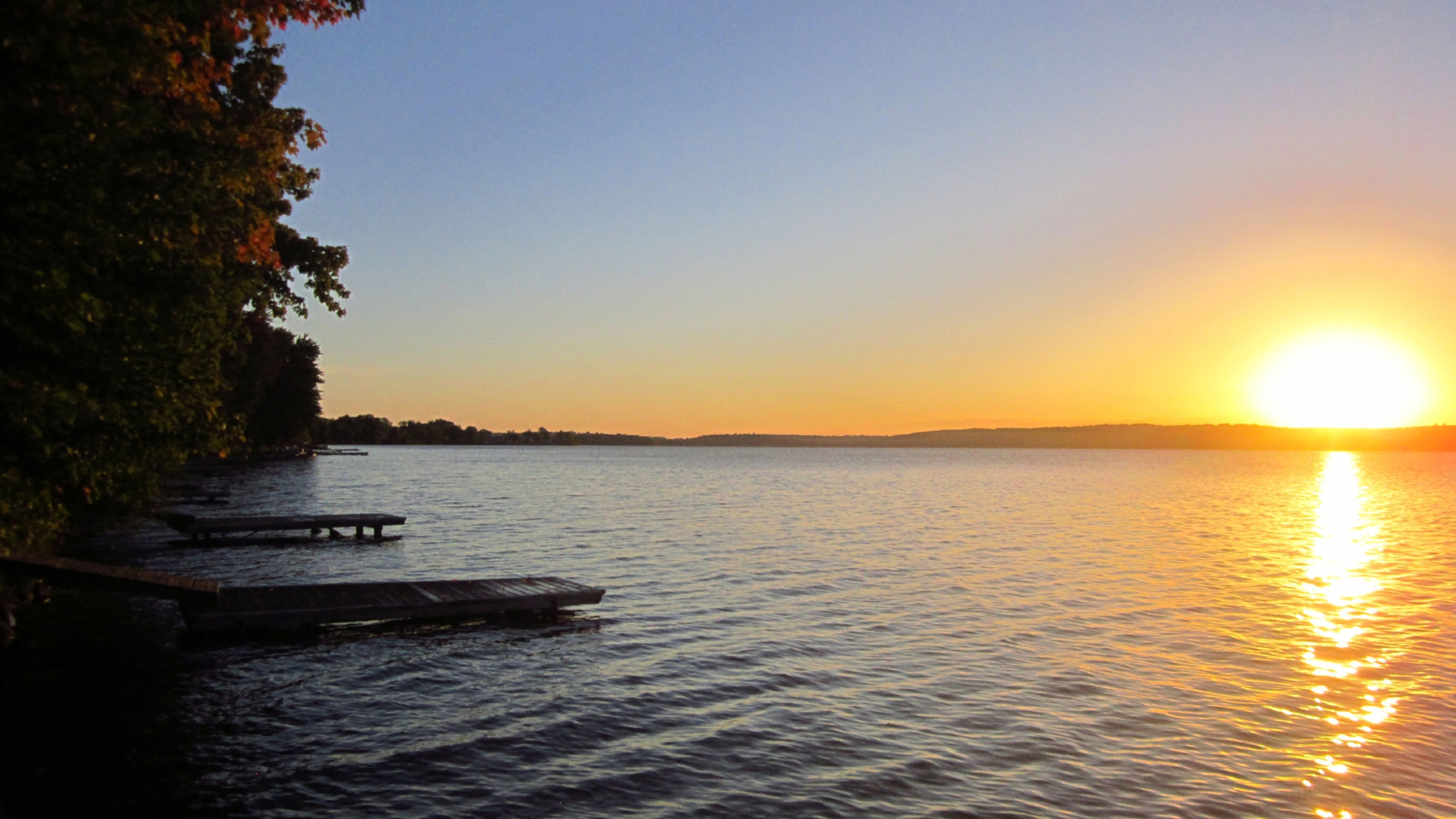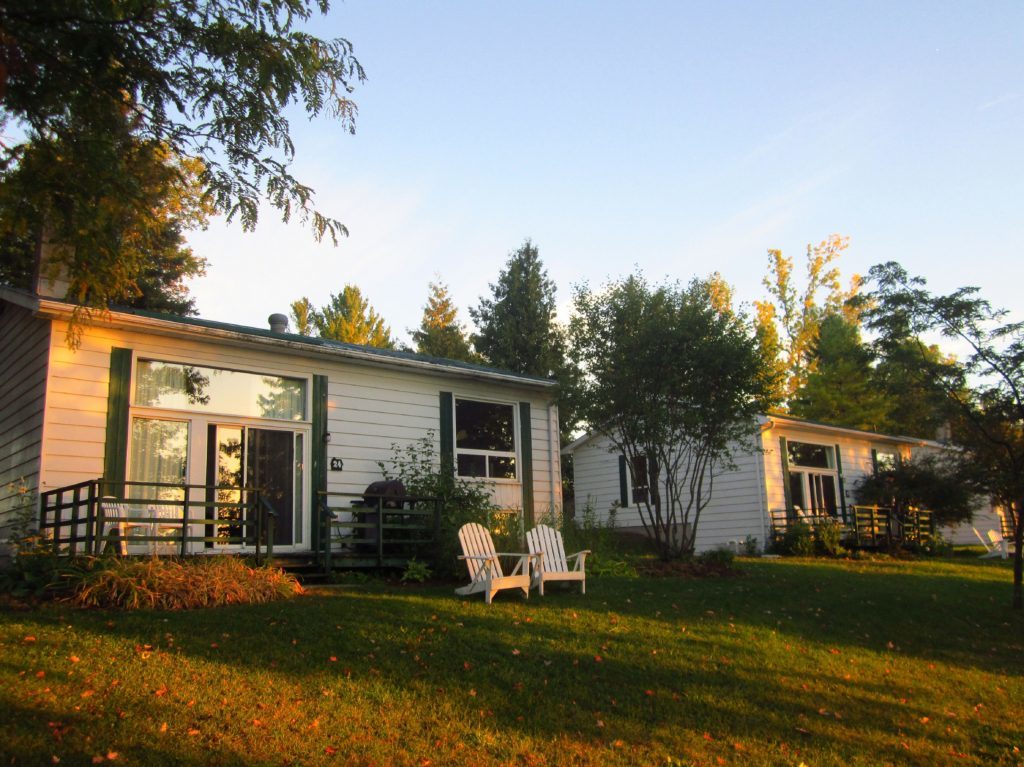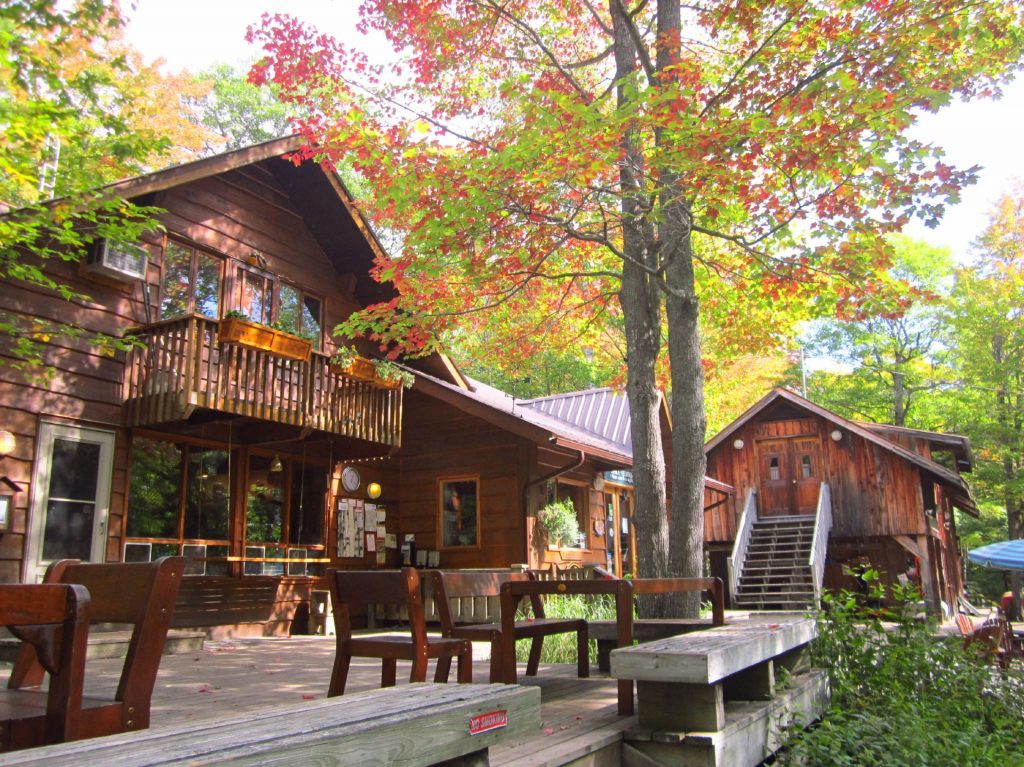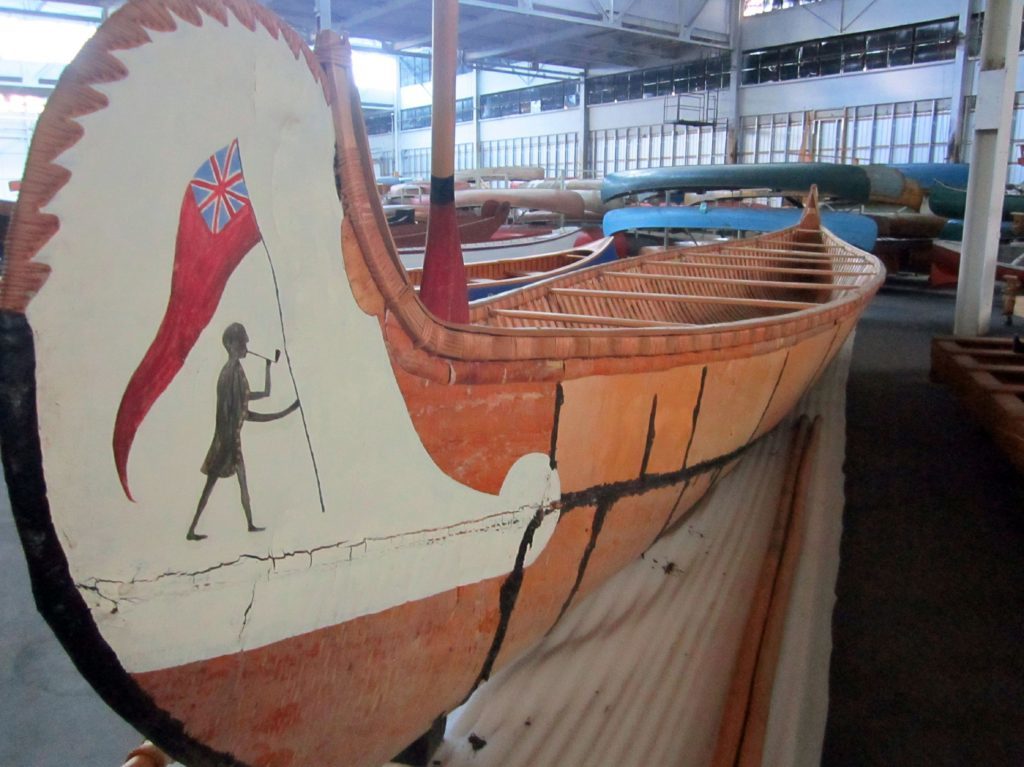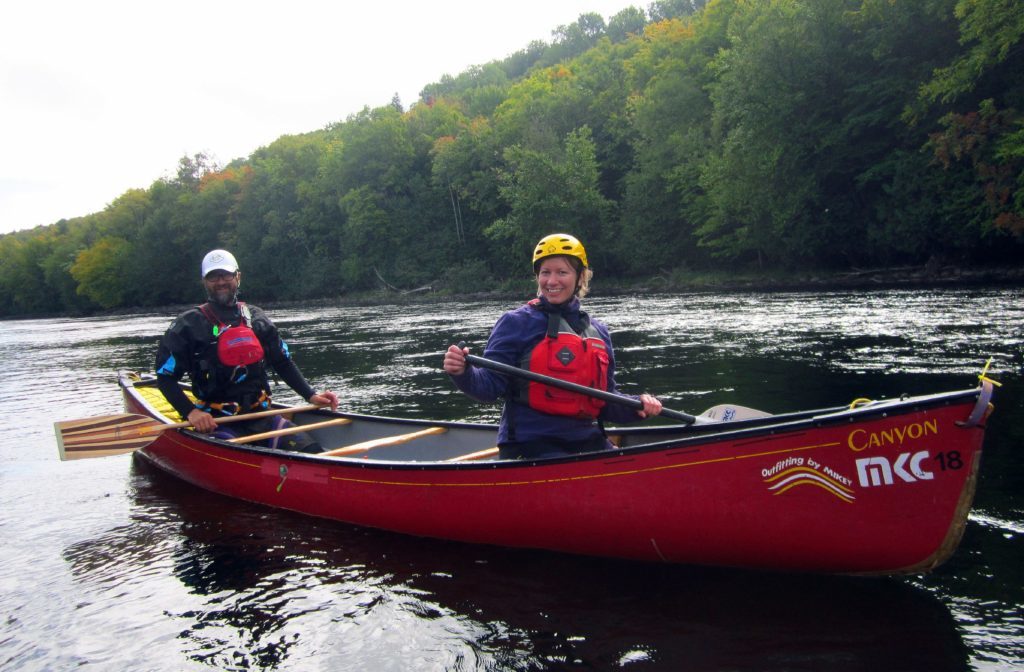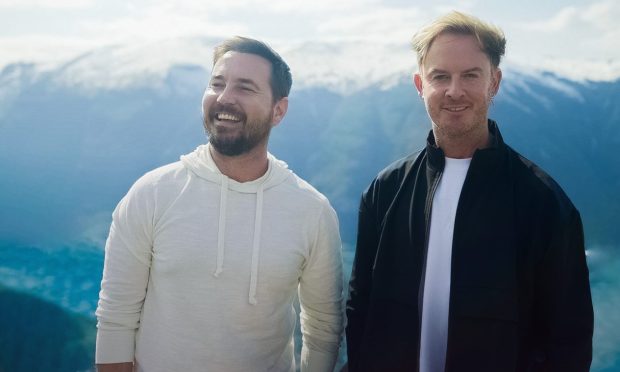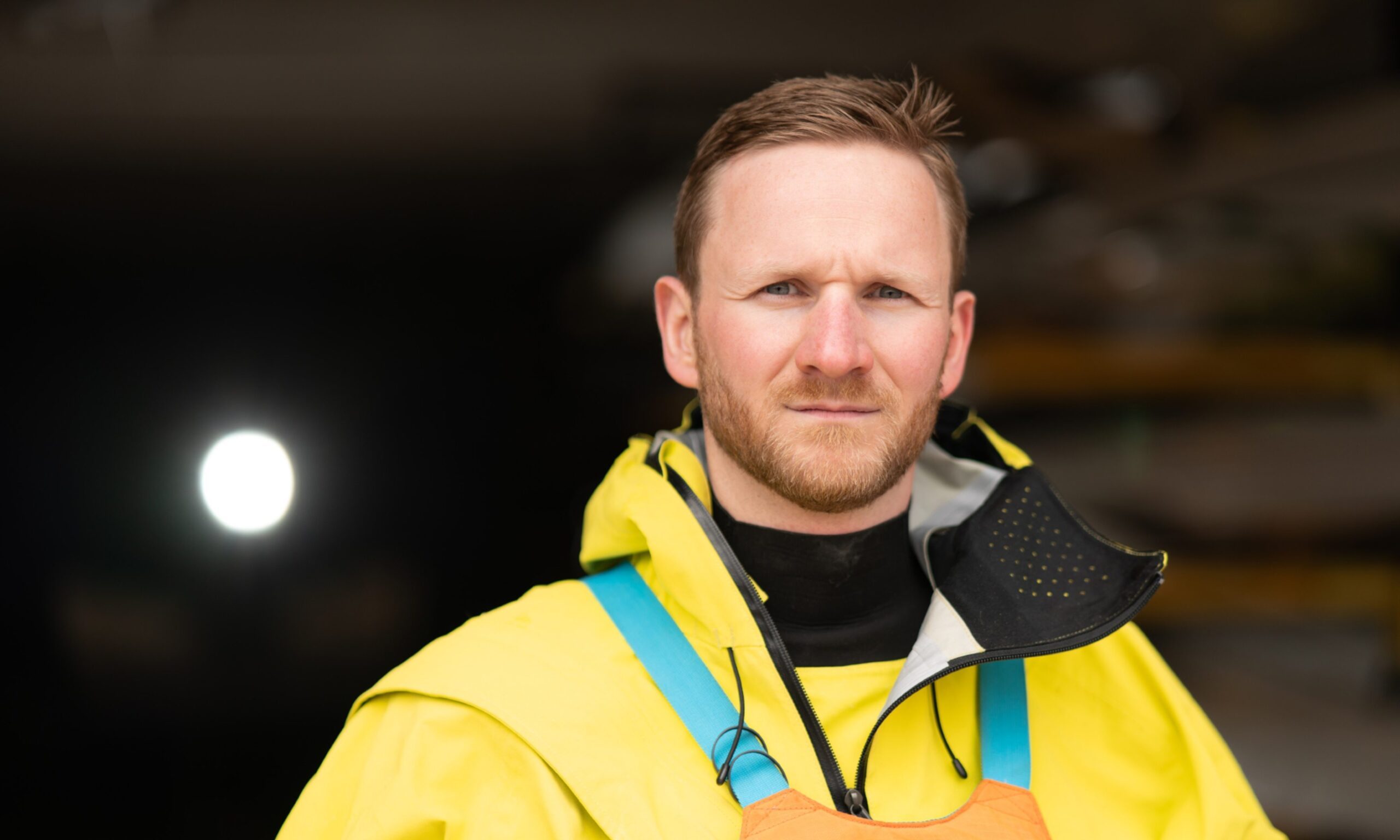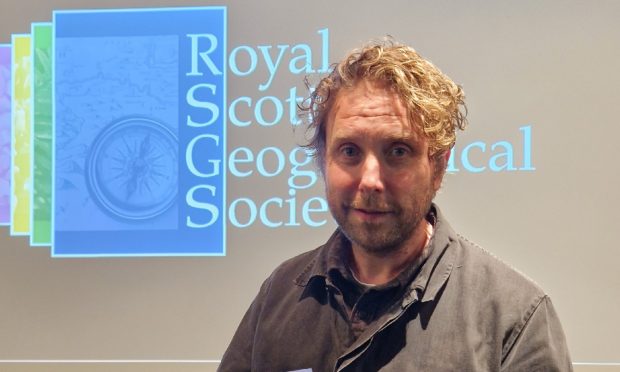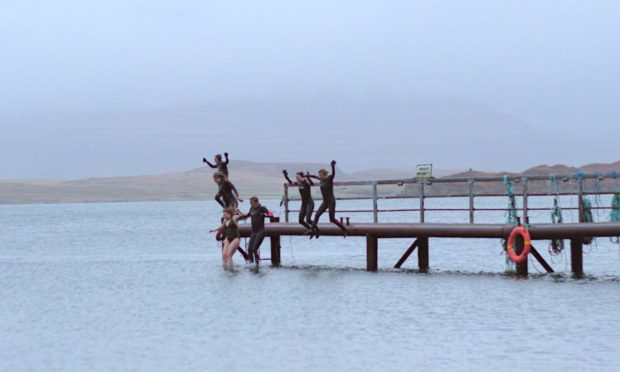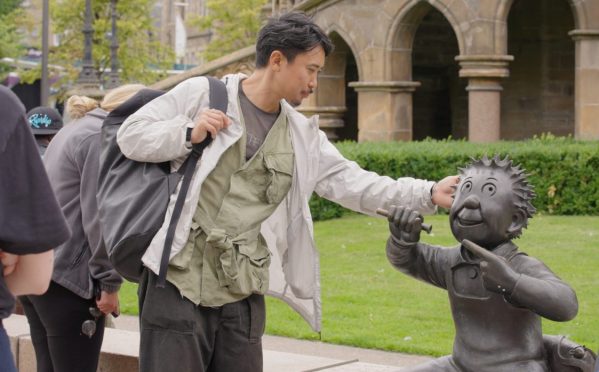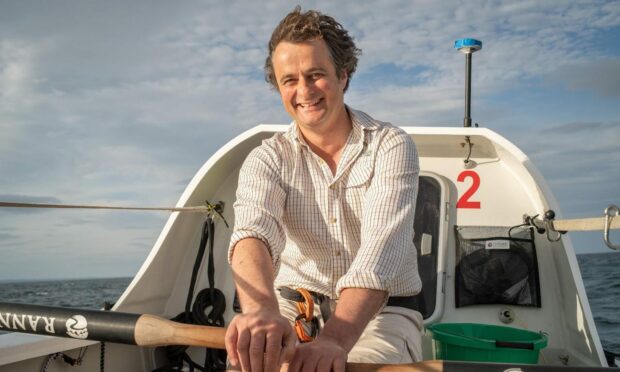As Canada celebrates its 150th anniversary, Abi Jackson delves even deeper into its history, exploring Ontario via canoe
Greg Elmhirst, general manager of the Elmhirst Resort, has a theory why paddle sports are growing in popularity.
“People are turning more towards ‘silent sports’,” he observes. “When I was a kid, people were more into motors. We’re craving something more calm and relaxing,” he says.
It certainly fits my bill – except, it wouldn’t be entirely accurate to call my first paddle around Lake Rice, the dazzling 32km-long watery stretch upon whose shores Elmhirst Resort nests, in a traditional-style, big, eight-seater Canadian canoe, completely silent. Not if you count the gentle flip-flap of water against wood, as we bob along.
It’s a leisurely introduction to this unassuming watercraft, which I soon discover has played a starring role in Canada’s history.
The country celebrates its 150th anniversary this year – though of course, this gigantic nation of 10 provinces (most of which dwarf the whole of the UK), home to more than half the world’s polar bears (not to mention most of the world’s maple syrup), has been around a heck of a lot longer than one-and-a-half centuries.
The anniversary actually marks 150 years since the British North America Act was passed by British Parliament, marking the start of Canada’s new era as a self-governing federation.
And there’s a lot to celebrate; from the late 19th century onwards, on the whole, Canada’s population and economy flourished, helped in no small part by the development of the railways.
But long before any of this was on track, Canada’s indigenous people were blazing trails of their own – hunting, trading, transporting goods, and simply getting from A to B with the help of their canoes.
The oldest canoes were ‘dugouts’, huge carved-out tree trunks. North American Aboriginals are credited with pioneering the most widely-recognised version of the canoe – wide wooden frames covered with lightweight strips of bark – which date back thousands of years.
If you’re after serious adventure, you could retrace some of their routes across multiple provinces, forgoing mod-cons for camping kit carried on-board, as many of the nomadic Algonquin communities, or fur trade voyageurs in the 17th century, would have done.
I’m only here for a week so am sticking to Ontario, but home to more than 250,000 of the country’s 31,800 lakes (more than 50% of the world’s lakes are in Canada), it’s a good place to start.
Greg’s in full agreement. “This area’s the centre of the canoe universe, false modesty aside,” he states, noting there are three canoe factories within a few miles of family-run Elmhirst, which in the heart of the Kawarthas region, is a two-hour drive from Toronto.
And there’s much more besides canoeing here; there’s skating in winter, fishing, hiking trails, wine tasting, and float plane rides, so you can take in the views from the sky.
There’s a spa too, for a spot of pampering after all that outdoorsy fun, but if blissful calm is what you’re after, you need only venture a few feet from your bedroom.
The morning after my arrival, following the best nights’ sleep of my life (I knew lakeside living would agree with me), I plod into the kitchen, brew some coffee, then carry my mug a few grassy steps from my white-painted clad cottage to the lake and sit on a little wooden jetty, sipping as the sun rises.
Under an hour’s drive away in Peterborough is the Canadian Canoe Museum, proud home to the world’s largest collection of canoes (one of the oldest was found in a shed in Cornwall a few years ago; it’s believed a British lieutenant who fought in Canada during the American War of Independence in the late 1700s took it over to the UK), and a great place to get a better understanding of how symbolic this banana-shaped vessel really is.
“A lot of what makes each canoe special is the story it carries, as much as the object itself,” says curator Jeremy Ward. The museum’s detailed displays bring some of these stories to life, illustrating how different types of canoe reflect the environments and lifestyles of the peoples they belonged to.
“Their designs aren’t just about functionality, they’re an expression of cultural identity,” Jeremy adds, pointing out how the Inuit communities’ canoes, in the ultra-cold North, were covered with seal skin which the women would sew on, providing a durable, waterproof coat.
Making use of nature’s blessings is a big part of life for First Nations Aboriginals – but always with honour and gratitude, giving back as much as they take – and many of the traditional canoes are birch bark, made with large strips of bark which, if done with care, can be removed from trees without killing them.
Canada’s geography has a lot to do with the canoe’s importance. Look at a waterways map and you’ll quickly see that large proportions of Canada, the second-biggest country on the planet, are aquatic, a maze of rivers and estuaries weaving between its prodigious lakes. “This amphibious mode of transport is really the only convenient way to get across it,” Jeremy notes, explaining how the voyageurs would heave canoes onto their shoulders to carry across land, and turn them upside-down to create makeshift shelters at night.
While some very remote Northern communities still use canoes for hunting, trade and cargo purposes (though probably now with a motor attached!), the practice is diminishing.
Today, canoes are mainly objects of leisure, sport and exploration. More of those three things are on the itinerary for me, as I bid farewell to Elmhirst and head to Madawaska Kanu Centre in Barry’s Bay.
Thankfully, the wide, quiet roads are a dream, and since it’s early autumn when I visit, and the region’s foliage resembles Monet-like swathes of deep rust and gold-dotted green, the two-and-a-half-hour drive is a delight.
Madawaska Kanu Centre is another family-run spot, the world’s first dedicated white water paddling school, with weekend and five-day courses covering a range of skills and activities.
Surrounded by forest, the main site is a big log chalet, while guests sleep in the simple-yet-comfortable cabin block next door. There’s a choice of indoor and outdoor eco showers, and no Wi-Fi – but you’ll find plenty of board games and old National Geographic magazines to keep you amused in the fireside communal lounge area.
I join a small group for a paddle masterclass with Bethany on nearby Mud Lake, a dreamy forest-flanked setting, twinkling beneath a perfect September-blue sky.
Unlike a kayak, in canoes, you sit in a kneeling position, using your knees, core and upper-body to help steer and control the craft, as well as your paddle, with one person at the front and another at the back. We learn how to ‘read’ the river, so we can follow the patterns of the rapids and eddies, and spot low and high water spots.
Of course, mastering all this can take years, but it’s utterly addictive. And there’s something very special about learning to canoe in a land where it’s been so cherished.
Over lunch later, Bethany, who has that covetable glow and patience of somebody living their best, fresh air-filled life, tells me how she fell in love with canoeing as a child, but took a “sensible” option to study and pursue a career in design and computer technology. But, the call of the canoe never left her, and by her mid-20s, was too hard to resist. “I had to figure out how to get back to the white water world. That was my authentic self, and I wanted to find a way back,” she recalls.
Sometimes, it really is about going with the flow…
TRAVEL FACTS
:: Accommodation at Elmhirst Resort starts from £133.50 per night based on two adults sharing. Visit www.elmhirst.ca
:: Whitewater Programs at Madawaska Kanu Centre start from approx £367 for a weekend course, includeing kayak or canoe instruction, indoor accommodation and meals (does not include Canadian taxes and rentals). Visit owl-mkc.ca/mkc/
:: For more information about Ontario, visit www.ontariotravel.net
:: Air Canada offers more daily flights from the UK to Canada than any other airline. From London Heathrow, the airline operates four non-stop daily services to Toronto, with return Economy flights starting from £762.67 including taxes (March 2017). Air Canada Rouge, Air Canada’s leisure airline also offers seasonal services from Edinburgh, Glasgow, Manchester and London Gatwick to Toronto. Find out more at www.aircanada.com or call 0871 220 1111.
